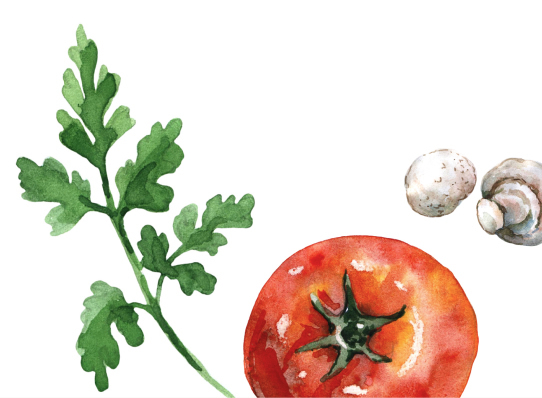Winter Reflections from Katchkie Farm
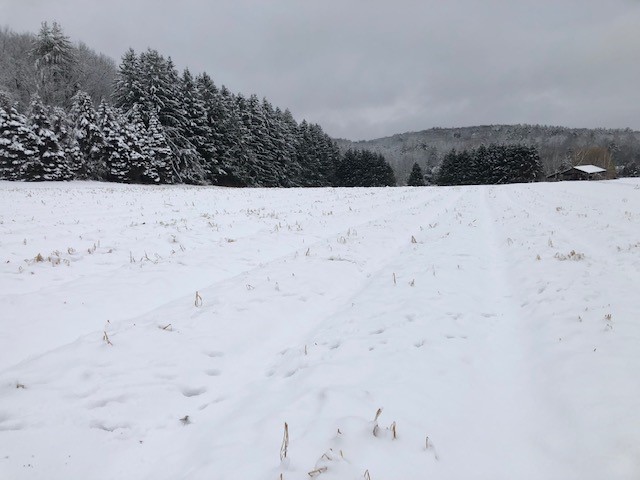
Winter Reflections from Katchkie Farm
By Jon Ronsani

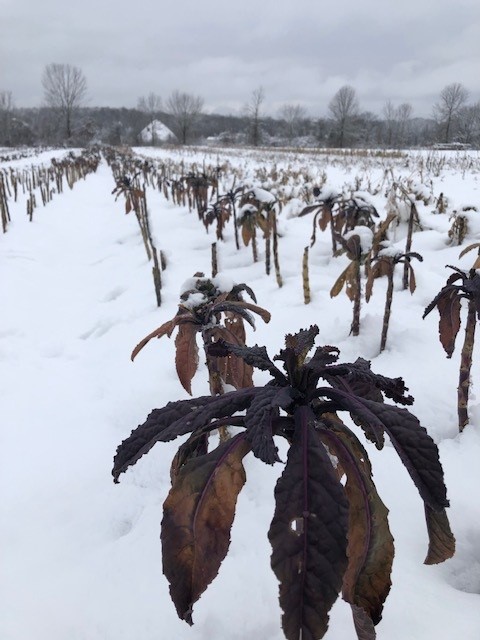
If I could give a picture of a farming season it would be akin to a voyage out to sea. Once we set sail, there is no turning back. To quote the old English poem “The Seafarer”
True is the tale that I tell of my travels
Sing of my seafaring sorrow and woes
Hunger and hardship’s heaviest burdens
Tempest and terrible toil of the deep
Daily I’ve born on the deck of my boat”
Then one day “land ho.”
Winter is here and we get to dock our metaphorical boat. The rains, droughts, and long days are but distant memories. At that point, they seem more like wise teachers than “hardship’s heaviest burdens.”
The main work on the farm during the shorter days is spent creating the plan for the upcoming growing season which is no small task. The crop plan and outcome of the previous season is reviewed. Changes and improvements are noted and will be put into the upcoming growing season. Then, the big question of what the farm is growing and for whom has to be answered. The answer to this question drives the whole shape of the farm for the upcoming year. If we were growing tomatoes for canning and U pick pumpkins, the plan would be very different than it would if we were growing 50 different crops harvested over 22 weeks for a CSA. In general, the more diverse the range of crops, the more nuanced the management must be. Answering all questions from the number of plants needed, projected yield, crop revenue, needed yield, seeding dates, nutrient needs, field preparation, harvest dates, crop rotations, distribution and labor needs for each crop is what creates the plan. The aforementioned plan is essential, but this is one part of the farmer’s work in winter.
I tend to think that some of the most important work of the farmer happens in the longer nights of winter. This is the time that the farmer can rekindle their love with farming and the farm. For me this happens in many ways. One is while spending more time with the family. Children have such a unique way of doing any task. This can be eating dinner, drawing, painting, playing board games, and building, among other things. They are not so concerned with the “rules” as they are with fully immersing themselves in what they are doing. This really reminds me not to connect with solely the plan of the farm, but to also connect with why I made the plan. Children also have such an innate sense of wonder that is very inspiring as well.
Farming is full of natural processes that I could chemically explain, but if you asked me with that knowledge to make a leaf of lettuce, I would be completely at a loss. I would still need a lettuce seed to make that leaf of lettuce. Reconnecting with that sense of wonder is so essential for me. Experiencing that sense in my children also inspires me to look at the farm in a different way during the day.
While I walk around the fields in the winter, I cannot help but wonder what is slumbering under the soils and what shape the fields will take as they start to grow our food. Looking at the snow-covered fields is really like looking at a blank canvas. Crop by crop, the fields will become full again creating a new composition unique to each season. Those long winter nights are also the perfect time to study agriculture. I had recently come across what the farmers of the ancient Persian empire studied. They studied mathematics, art, music, astronomy, and medicine. I have to admit that my depth of knowledge does not go that far, but delving into some of the great works of literature or study of the stars is something that can only be savored in the winter nights.
After about two months of this kind of this nourishment, it is time to set sail for another voyage and start the season again. I do have to say that with each voyage the breadth of vision is a little wider and the ups and downs of the farming season are easier to navigate.
Related Posts
No records found for the
search criteria entered.
-
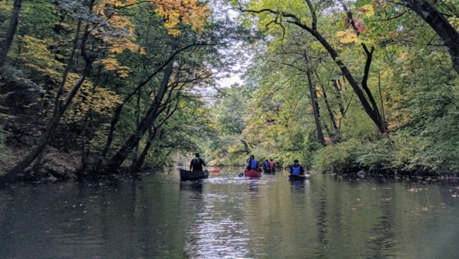
Exciting Events Around The Bronx: July 2025
Check out community celebrations, outdoor events, and unique experiences in the Bronx this month...
-
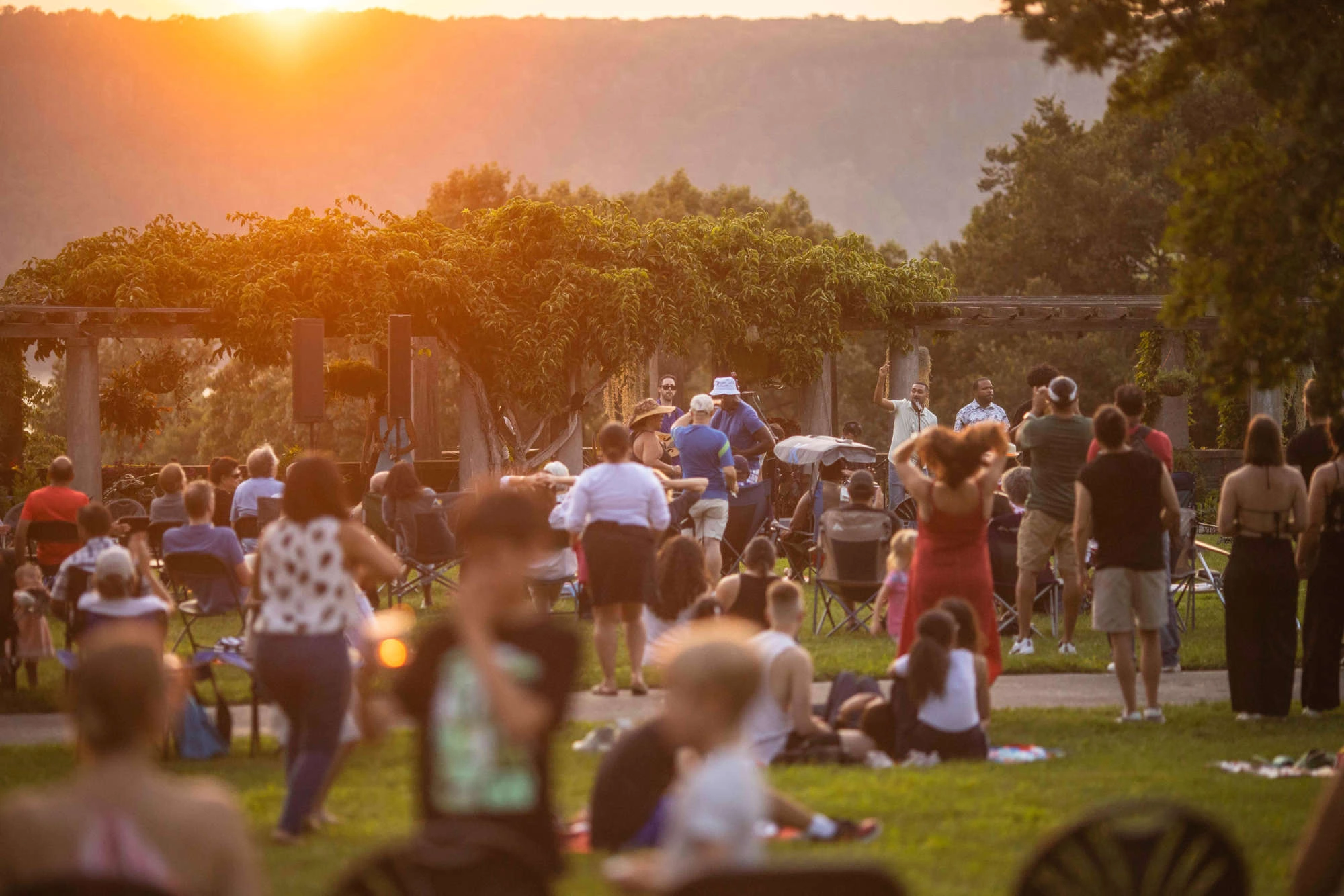
Exciting Events Around New York: July 2025
Check out live music, film, art and more at our partner venues this month...
-

A Beyoncé-Inspired Wedding Weekend to Remember
Winter Reflections from Katchkie Farm By Jon Ronsani ...








